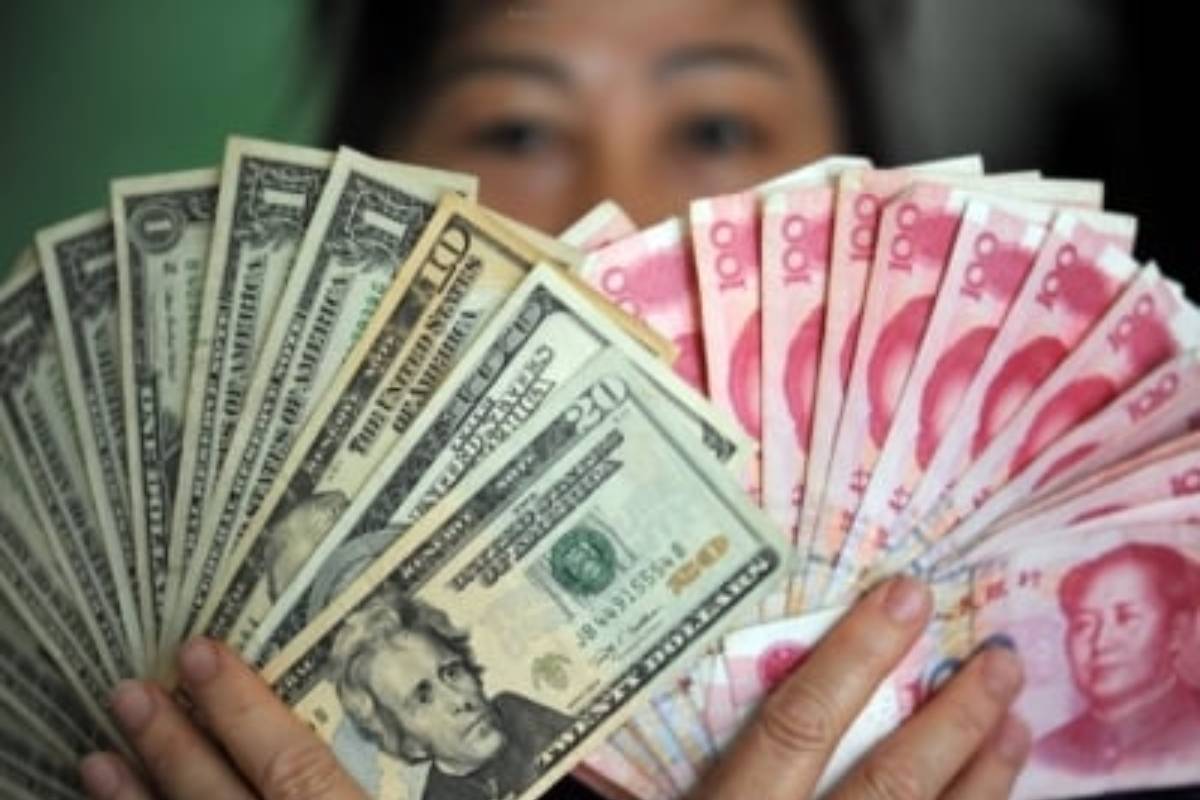Measured Distance
External Affairs Minister S. Jaishankar’s recent remarks on China underline a calculated shift in India’s foreign policy ~ firm but not confrontational, pragmatic yet not submissive.
China’s move to raise the retirement age, the first adjustment since the 1950s, is a critical response to an escalating demographic and economic crisis.
SNS | New Delhi | September 23, 2024 12:47 am

representative image (Photo:SNS)
China’s move to raise the retirement age, the first adjustment since the 1950s, is a critical response to an escalating demographic and economic crisis. As the country grapples with an ageing population and dwindling pension funds, this policy shift is a pragmatic step towards stabilising its social security system, though it has sparked mixed reactions among the public. The plan to gradually increase the retirement age ~ 55 for women in blue-collar jobs, 58 for those in white-collar positions, and 63 for men ~ reflects a broader strategy to address the imbalance between the working-age population and retirees.
China’s rapidly ageing population, compounded by decades of restrictive family planning policies and a declining birth rate, presents a formidable challenge. The country is now facing a demographic reality where nearly a third of its population will be over 60 by 2040, placing unprecedented strain on its pension system. The necessity of this reform becomes clear when considering the financial pressures on China’s pension funds. Predictions indicate that by 2035, the state pension fund could be exhausted if no corrective measures are taken.
Advertisement
The economic downturn caused by the Covid-19 pandemic has only intensified these concerns, making immediate action essential. The planned increase in retirement age and the requirement for longer contribution periods are designed to extend the working life of citizens, thereby reducing the financial burden on the pension system and ensuring its sustainability. However, the public’s response has been one of scepticism and discontent. There are concerns that these changes may not be sufficient to resolve the underlying issues or that they may pave the way for even more stringent measures in the future. Some view the policy as a temporary fix that fails to address the deeper economic and social problems facing China, such as the challenge of integrating a large cohort of retirees into an increasingly strained economy. Moreover, the reform raises important questions about the social implications of extending working years.
Advertisement
Many workers fear that they will face reduced job opportunities and lower wages as they age. The prospect of having to work longer to secure a pension, coupled with economic pressures, has led to significant public unease. This discontent highlights a need for a more comprehensive approach that balances the economic imperatives with the well-being of the workforce. China’s demographic shift is a stark reminder of the complexities of managing an ageing society within a rapidly evolving economic landscape.
While the increase in retirement age is a necessary step towards stabilising the pension system, it must be accompanied by broader reforms that address the root causes of demographic imbalance and economic strain. The challenge for China will be to implement these changes in a way that not only secures the financial future of its pension system but also supports and integrates its ageing population into the workforce and society.
Advertisement
External Affairs Minister S. Jaishankar’s recent remarks on China underline a calculated shift in India’s foreign policy ~ firm but not confrontational, pragmatic yet not submissive.
Bangladesh leader Muhammad Yunus’ visit to China this week marks a critical moment in South Asian geopolitics.
The crash of Sri Lankan Air Force's China-made K-8 trainer jet in the Wariyapola area on Friday has raised serious concerns about the safety and operational readiness of the remaining aircraft in service.
Advertisement
